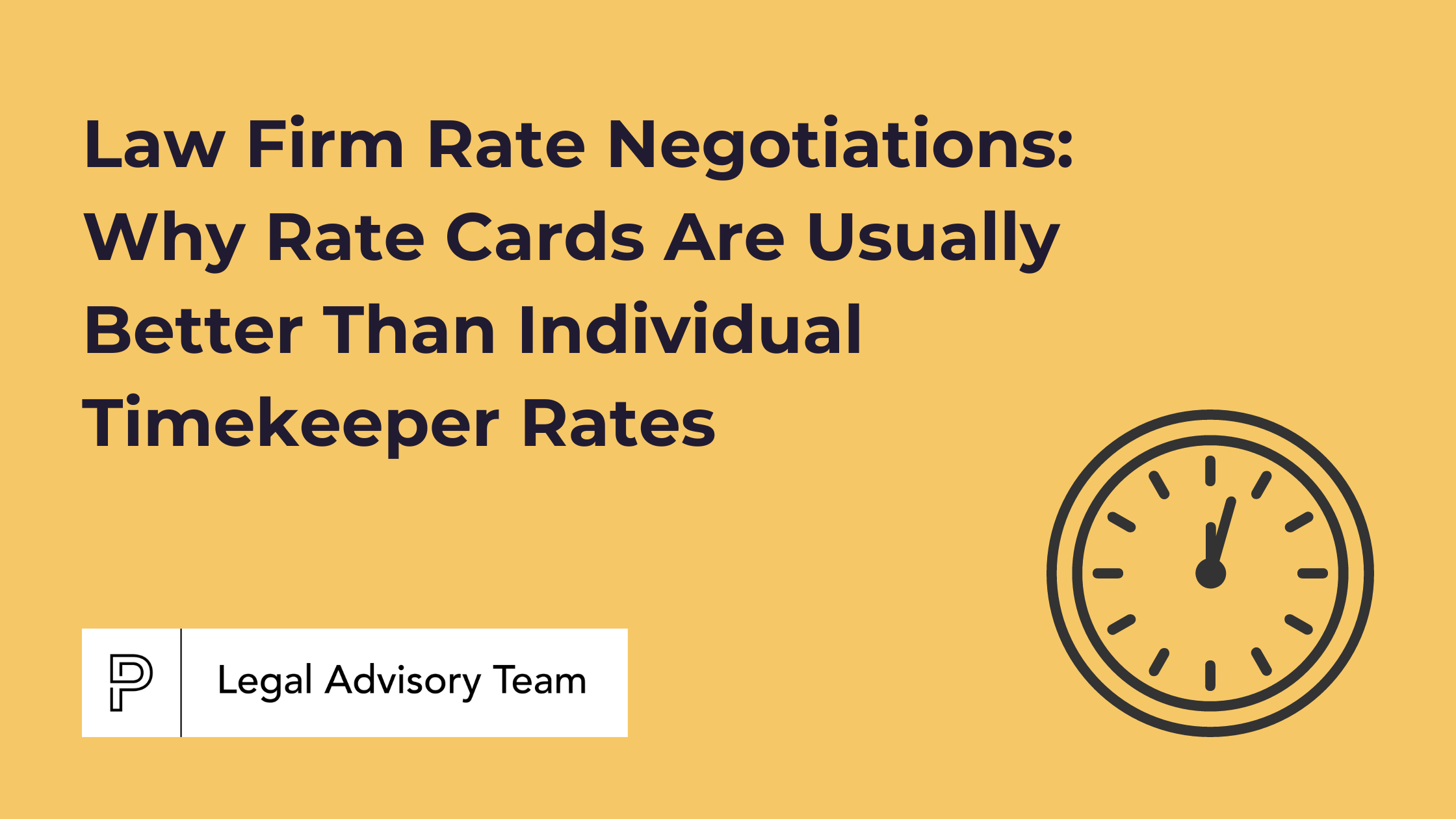
Just when we thought 2020 couldn’t get any worse after months of Covid-19 lockdown and waves of layoffs, the U.S. was hit with a gut check when George Floyd was killed by a Minneapolis police officer. Floyd’s death, whilst one of many acts of police violence towards African Americans, seems like what Malcolm Gladwell describes as a tipping point in society ie. that “ moment when an idea, trend, or social behavior crosses a threshold, tips, and spreads like wildfire.”
Protests erupted around the world demanding institutional reform. The first signs of reform have followed with changes made around the U.S. from the banning of choke holds in many cities including Minneapolis, D.C., Chicago, and Denver; “use of force” rule changes in New Jersey and Dallas; removal of confederate monuments in Richmond and Louisville; removal of firearms and ammunition from store floors in Walmart; banning of the Confederate Flag at NASCAR events; and a slew or resignations by corporate leaders that had made prior racist comments.
Will Legal follow suit?
While these changes are encouraging, it leads one to wonder whether there will also be a tipping point for eradicating the silent (often overt) racism and inequality that persists in the corporate business world and the legal industry.
As two white males, it’s a fool’s paradise to think that our professional success has been the result of our own efforts. Just because we work hard! Bull shi*. One of us is a white male who through pure good fortune alone was born in the 60s, worked as a lawyer in a large law firm in the 90s and was promoted to partner at the end of that decade. That was not a tail-wind. That was the seas well and truly parting. The other has also benefited from systemic advantages his entire life from non-verbal confidence reinforced by grade school teachers to finding personal things in common with white law school job interviewers post-graduation.
The statistics are not great. A 2018 NALP survey found that only 19% of law firm equity partners are women, only 6.6% are racial/ethnic minorities, and less than 3% are LGBTQ+.
These results are especially poor considering that the concept of championing “diversity” in hiring practices including legal is not new. Affirmative action was introduced through the Employment Equality Act in 1998. The Billion Dollar Roundtable was created in 2001 to recognize and celebrate corporations that achieved spending of at least $1 Billion with minority and women-owned suppliers. Also in 2001, during the University of Michigan’s appeal of Grutter v. Bollinger before the Supreme Court, “some of the largest companies in the world — including, GM, Steelcase, 3M, Abbott Labs, Ashland, Bank One, Boeing, Coca-Cola, Dow, Dupont, Eli Lilly, Ernst & Young, Exelon, General Dynamics, General Mills, Intel, Johnson & Johnson, Kellogg, KPMG, Lucent, Microsoft, Nationwide, Pfizer, Proctor & Gamble, Sara Lee, Texaco, TRW, and United Airlines — filed amicus briefs in support of the university.” These companies wrote about the benefits that diverse teams with cross-cultural experience bring. Further, the National Association of Minority and Women Owned Law Firms (“NAMWOLF”) was founded in 2001 and the Institute for Inclusion in the Legal Profession (IILP) was convened in 2010 — both seeking to promote equality of opportunity in legal.
So, if corporation clients have been espousing the benefits of diversity for at least 20 years, why has so little changed? Could The Tipping Point shed any light on why the push for diversity in the corporate world has struggled to “spread like wildfire”? Gladwell described the 3 factors that contribute to an epidemic or tipping point: the law of the few, the stickiness factor, and the power of context. It seems that while the corporate movement has had the right messengers (powerful and pro-diverse corporations) along with sticky messages (agreeing to give more business to diverse owned suppliers — money always catches people’s attention), what the movement has lacked are the right environmental factors. Gladwell argues that without the right context in the world around us, epidemics struggle to take hold.
The timing of George Floyd’s killing sheds light on the power of context. On May 25, 2020, the day of Floyd’s death, every professional sports league was dormant in the shadows of Covid-19 restrictions. The presidential election was on ice. In any typical election year in late May — just 3 months prior to the democratic convention — candidates would be fighting tooth and nail to win the primary in 9 states on June 2. But because Bernie Sanders dropped out of the race. — there were no speeches and no debates to pull eyeballs away from the May 25th news. Now there’s an environment conducive to a captive audience.
“Look at the world around you. It may seem like an immovable, implacable place. It is not. With the slightest push — in just the right direction — it can be tipped.” — Malcolm Gladwell
Now that we have achieved the right context for change, the Black Lives Matter movement has turned into a full-blown movement. It is time for the diversity movement in legal take hold of this moment and act with urgency.
How to Make a Difference
There are two distinct but equally important movements under way in the advancement of diversity and inclusion in legal:
1. Supplier Diversity — NAMWOLF
The most prominent group advancing the idea that diverse and woman owned law firms ought to have a fair shot at winning the work of marquee clients is the NAMWOLF, a nonprofit trade association comprised of minority and women owned law firms throughout the United States. NAMWOLF works to promote the retention of these firms by corporations with the view that “the most effective way for corporations to increase diversity in the legal profession is to increase the retention of minority and women owned law firms.”
This mission goes hand in hand with that of the Billion Dollar Roundtable and companies that have goals around increasing spend with diverse suppliers have a big opportunity in front of them to increase diversity spend by requiring inclusion of NAMWOLF firms in the evaluation process. Innovative companies like Exelon’s legal leadership, led by its General Counsel Tom O’Neill, have asked in-house lawyers to consider NAMWOLF firms alongside majority panel firms each time they need to make a selection decision for new matters and have increased diversity spend significantly since (See ACC Value Champion Award description).
How to help: In-House lawyers should familiarize themselves with the list of NAMWOLF member firms and consider inviting them to participate in fair and objective bidding processes when new matters arise.
2. Advancing D&I in Majority Law Firms — The Mansfield Rule
While hiring diverse-owned law firms is a great way to level the playing field, many corporations have also begun to require large majority law firms to change their ways. And that’s important, because that’s where 95%+ of the corporate legal spend goes.
One stand-out example is Novartis, where the General Counsel, Shannon Thyme-Klinger, has introduced a requirement that each one of Novartis’ 22 panel law firms commit to no less than 30% of billable associate time and 20% of partner time be provided by females, racially/ethnically diverse professionals or members of the LGBTQ+ community. Failure to do so will see the firms have 15% of their fee withheld (ie. money talks). Novartis also asks these firms to confirm the diversity of the teams that have been proposed to work on their matters each time they select counsel in a data-driven firm selection process that requires mini-RFPs for all new matters.
As more organizations sign on to support the advancement of D&I initiatives in legal, we may begin to see greater change.
In 2017, Diversity Lab set forth the “Mansfield Rule,” named after Arabella Mansfield who became the first woman admitted into the ABA in 1869. Each year the organization has garnered additional law firms and corporations to sign on and become “Mansfield Certified.” This requires organizations to answer detailed questions about their hiring practices and outside counsel spend data to meet criteria for certification. These organizations have thus begun to do a better job of measuring and tracking their performance in terms of considering women and minority lawyers for leadership roles.
How to help: In-house law departments can start setting targets for a percentage of the work they allocate to majority law firms being undertaken by diverse teams. Law firms and in-house law departments can also sign on to become Mansfield Certified and begin tracking performance against key D&I metrics.
Conclusion
While there have been many inspirational leaders in the legal industry that have espoused diversity for decades and have created sticky policies, the lessons of The Tipping Point (evidenced once more by the success of the Black Lives Matter movement) underscore the importance of seizing the moment. We should all commit to doing more now. While it can be easy to get fatigued by statistics and metrics that seem to inch up far too slowly each year, it’s important to remember that as your mom used to tell you — sometimes timing is everything.
Questions? Email David.Falstein@PERSUIT.com.




